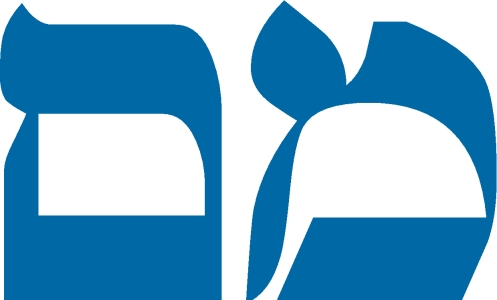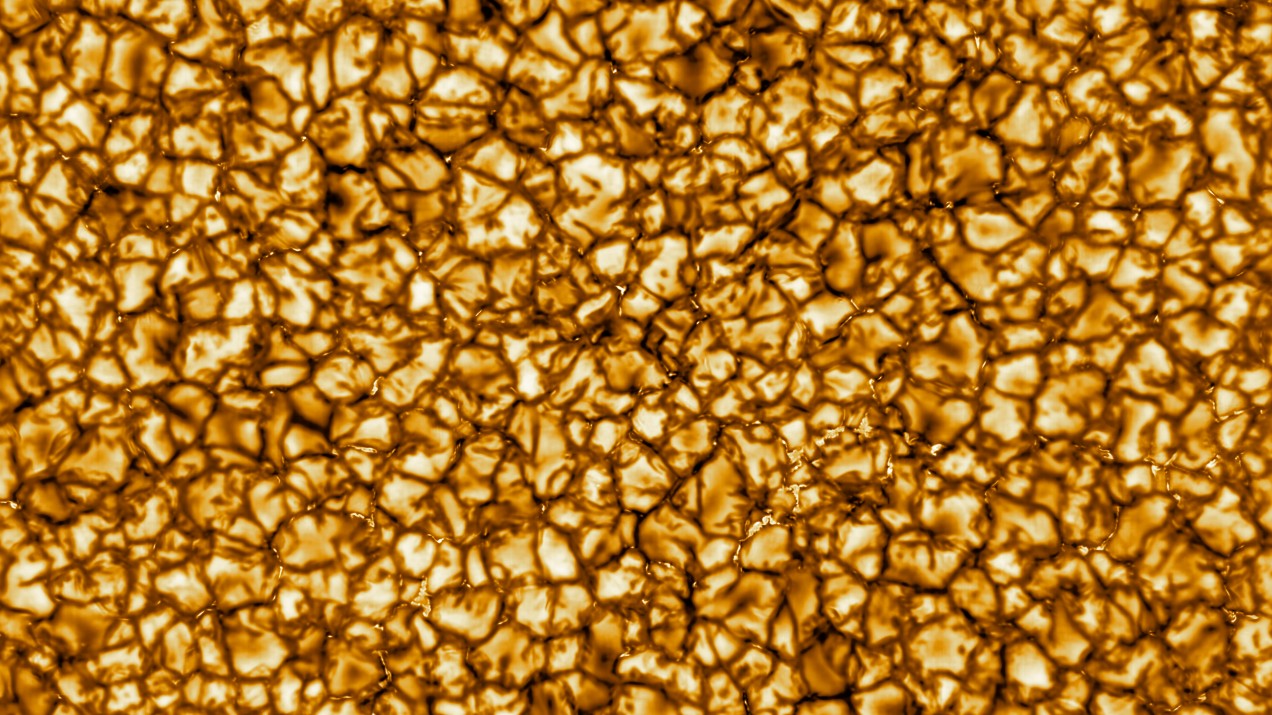
I was reading a British author,
Caryll Houselander, when I came across her quote: “Yet Christ welcomes the
cross. He embraces it, he takes into his arms, as a man takes that which he
loves into his arms. He lays his beautiful hands on it tenderly, those strong
hands of a carpenter that are so familiar with the touch of wood…”
I had a difficult time with these
words. Why?
At some point during his adolescence,
Jesus, the Divine Son, became fully aware of his calling and his sacrifice. But
at the same time that he was understanding his mission, Jesus, the man, was
also training with his foster father in the trade of carpentry. He worked with
wood daily—carving it, shaping it, and bending it to his will. And all the
while he knew that his destiny lay on a tree—his arms outspread dying for the
entirety of humanity. How do you work with the very device that will be your
death? Confronting it daily next to your human father? Confronting it for
years.
I’ve heard that we are grieving
right now as we social distance. Perhaps we can apply the stages of grief to Jesus’
profession of carpentry from his perspective.
Denial. Why should this sacrifice
for others be up to me?
Anger. I have to endure such pain
for others? That doesn’t seem fair. Why shouldn’t others have to account for
their wrongdoings?
Bargaining. Perhaps there is
another way. If I’m allowed to stay with my mother and just teach the people,
heal the people, turn the people back to You, Father…Take this cup from me. (I
think Jesus thought this more than once.)
Depression. Those first 40 days in
the desert, wandering, not eating, contemplating, praying. Do I have the strength
to see this through?
Acceptance. “Man does not live by
bread alone, but by ever word that comes from the mouth of God.” My Father will
see me through this.
Go back to the wood—entering the
wood shop of your daily trade and being reminded of your demise....
Picking up the
tools to begin work. Confronting it silently and daily next to your human
father. And next to your Father (for our Heavenly Father never leaves us, it’s
us that walk away from Him time to time). You do this daily task for years. And
Years. Your foster father gently guides your hands and you learn through the
hands of love. And your Heavenly Father guides you through the pains in your
heart with Love. And it comes to you.
Love. Love is what motivates you.
Love for your earthly father, your Heavenly Father, your mother who will see
you through your trials til the end, and those around you who you created in
union with Your Father. Love drives you. And you begin to look forward to
working with the wood, bending it and shaping it, making it into beautiful and
helpful articles to be used in daily life. Perhaps even accepting the pain of
the slivers, all because you know your destiny—because the cross ahead is
temporary. Its societal shame becomes the ultimate Glory. All those you love
with be with you at the last.
There’s another stage of grief in
my mind. Maybe it’s not a stage, maybe it’s more like when you emerge from
grief.
Deliverance.
When Jesus was
baptized, the heavens opened up and His Father said, “This is my Son in whom I
am well pleased.”
Don’t we ache for that last part?
To hear those we love, those we sacrifice for, say that they are well please
with us? What a grace that would be!
Perhaps right now, in this waiting
and suffering, this our investment because we desire to hear those words of
grace later…well pleased.
Right now we are facing fear in disease
and death—facing our reality alone cooped up in our homes. Facing that we are
not enough, that we are not in control.
Oh that we would let The Carpenter
shape us! How much happier would we be if we could let Jesus shape us into what
He sees for us instead of we what see as ourselves? We could become the useful
chair or table for others to lean on, or the beacon by using beautiful words
and actions that give relief to others. What would it take for us to let The
Carpenter shape us?
Suffering our cross. Letting the
gentle hands of Our Father and His Son guide us through this time filled with
slivers. Letting the Holy Spirit fill us with hope instead of dread.
Take this time to go through the
stages of grief while we endure this waiting. And know that deliverance will
come…that time when we hear Our Father say, “This is my child, with whom I am
well pleased!”






